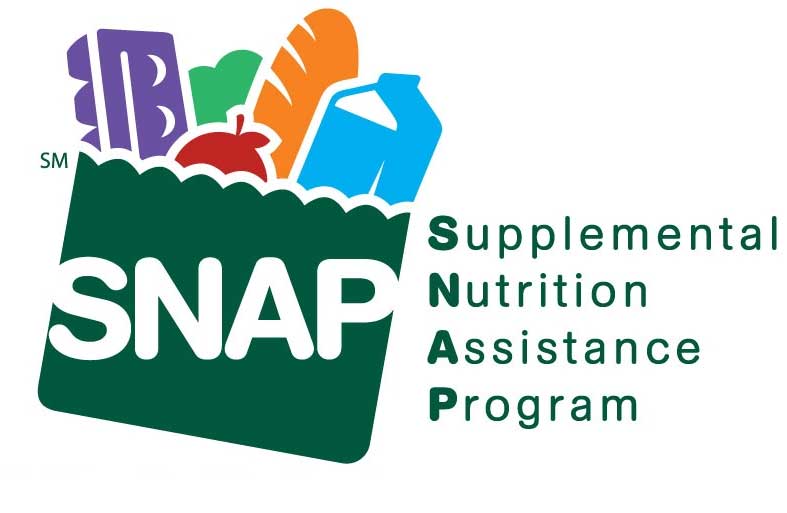The Supplemental Nutrition Assistance Program (SNAP), commonly known as the Food Stamp Program, provides food-purchasing assistance for low-income people living in the United States. SNAP gives 40 million Americans a monthly food allowance that can only be spent at food stores and farmers markets. The program dishes out $60 billion in benefits annually, which amounts to a significant portion of retail stores’ income.
The Argus Leader, a South Dakota newspaper, filed a Freedom of Information Act (FOIA) request to the USDA asking it to provide the names and addresses of all retail stores that participate in SNAP, along with each store’s annual SNAP redemption data. The USDA did not comply and so in 2011 the newspaper filed the suit. Lower courts ruled in favor of the newspaper and in 2018 the US Supreme Court agreed to hear the case at the request of The Food Marketing Institute (FMI).
At issue was whether grocery stores who accept food stamps payments can keep confidential the amount customers spend at individual stores whether through payment by cash, credit, debit or SNAP. FMI argued that store-level sales data must be considered confidential because its release would provide an unfair advantage to competitors and would be detrimental to stores. Essentially the court accepted this argument in a 6-3 decision issued in June of 2019. The Court’s ruling prevents the release of store-level data related to the Supplemental Nutrition Assistance Program as it concluded that the data is confidential and thus exempt from FOIA.
Justice Neil Gorsuch explained that the release of the information would be harmful, saying “…retailers use models of consumer behavior to help choose new store locations and to plan sales strategies. Competitors’ estimated sales volumes represent an important component of these models and can be time-consuming and expensive to generate. And a model’s accuracy and utility increase significantly if it includes a rival’s actual sales data rather than mere estimates. So disclosure of store-level SNAP data could create a windfall for competitors; Stores with high SNAP redemptions could see increased competition for SNAP customers from existing competitors, new market entrants could use SNAP data to determine where to build their stores, and SNAP-redemption data could be used to discern a rival retailer’s overall sales and develop strategies to win some of that business too.”
Supporters of the high court ruling maintain that because supermarkets know their confidential business information will be protected by the government, the SNAP program will be strengthened. Freedom of information proponents disputed the claim that grocers may stop accepting food stamps should such data be available via the FOIA.
The USDA already provides some detail about food stamps expenditures. Half of all benefits were spent at superstores like Walmart in 2017 and nearly 30 percent were used at supermarkets like Safeway. More than 258,000 firms were authorized to accept SNAP benefits that year. The USDA has also put out detailed information about what people buy.
Click here to read the ruling.

